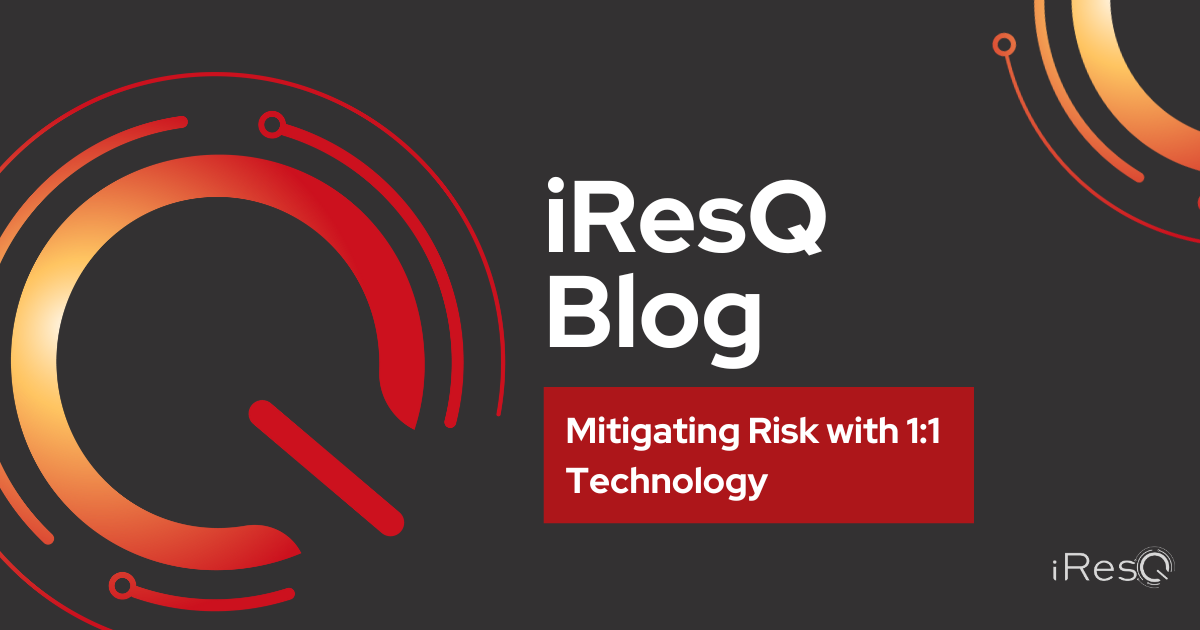Since the advent of personal electronic devices, educators have worked to develop and incorporate digital learning and educational technology in their classrooms. Not surprisingly, the pandemic of 2020 brought urgency and focus to this undertaking.
Overnight, elementary, middle, and high schools were forced to adopt one-to-one technology programs to facilitate at-home learning and many have continued to build on those initiatives as students returned to classrooms. These educators are reaping the benefits 1:1 technology can provide.
Michigan State University has found that when a school district provides each student with their own device for digital learning, along with providing the appropriate support for staff and students, the school sees a significant improvement in teacher-student relationships, student engagement, and academic achievement.
Although educators generally agree with and appreciate the positive impact of using tablets, laptops, and Chromebooks in the learning environment, technology integration can present several significant challenges. In order to ensure that your school district’s one-to-one technology program is meaningful, it is important to address the challenges of: organizing and managing your device inventory, maintaining student engagement, addressing security concerns, and providing professional development for teachers regarding rollout of new technology and programs.
Providing Access to Learning Devices
Whether your school district is home to one elementary school or to twenty, the role of a Technology Coordinator is invaluable. They are often tech-savvy individuals with a keen mind for effective organization. For school districts that are implementing one-to-one technology in their classrooms, a well-organized and effective inventory of mobile devices is vital to success, particularly at the beginning and the end of the school year.
Asset management systems, like iResQ’s Asset Management Portal, can streamline inventory, assignment of devices, check-out and check-in procedures and help expedite distribution to classrooms and students.
Maintaining Student Engagement
A study by Northwestern College concluded that the use of technology improves learners’ attitude towards their coursework, leading to learning that has a more powerful impact. By no means is one-to-one technology a replacement of best practices for teaching in the learning environment. Rather, when implemented with research and care, the use of technology in the classroom can raise student engagement and enhance the student’s learning experience. One-to-one technology implemented in the learning environment promotes 21st century skills, including technological proficiency and problem-solving.
Specifically in the middle school and high school level, classrooms that use one-to-one technology saw an improvement in their student’s writing process, due to the fact that students receive more feedback, are able to edit and revise their papers more frequently, and were able to draw on a wider scope of resources to write, publish, and share their work with others.
Although games can be both fun and educational, it is important for educators and parents of elementary school students to carefully monitor screen time and work to balance the use of technology with traditional teaching and learning formats. It is helpful to consider electronic devices as an addition to, rather than replacement of, conventional instruction methods.
Addressing Security Concerns
One of the most significant challenges that one-to-one technology programs face is providing secure internet access to students both at school and at home. Close to 17 million students do not have internet access in their homes, which presents the question: How can the learner fully experience the benefits of having their own device without internet access? In response, the Federal Communications Commission has launched the Emergency Broadband Benefit, Affordable Connectivity Program, and the Emergency Connectivity Fund to help close the connectivity divide across the nation.
When presenting learners with their own devices and internet access, it is important to ensure that your school district is also engaging in conversation and learning opportunities focusing on digital citizenship, safety, and accountability. There are numerous apps and settings available that aid in ensuring that students are both on task and using their devices appropriately. An Acceptable Use Policy is also pivotal to ensure the rules and expectations for students and parents are clearly outlined and agreed upon.
Training & Preparing for Rollout
One of the most important things a school district can do to get ready for a 1:1 technology program is to coordinate with their teachers and set goals and learning outcomes for student learning throughout the school year. During this time, discuss the possible disruptions technology may have in their classrooms and problem-solve together on how to address these challenges if/when they arise.
For teachers to implement educational technology effectively, school districts must create ample opportunities for professional development centered around hands-on learning, gaining insight on effective uses of student technology, and keeping up to date with the technological advances that are being made in our world today. Through this professional learning, teachers will be able to implement one-to-one technology in their classrooms with the benefits of higher student engagement, improving teacher-student relationships, and increasing academic achievement.
Finding the Right Technology Partner
We all know that student devices are not going to stay in the best shape possible without some help from the experts. From broken screens to battery health deteriorating, almost every device will need to be taken care of by a professional at some point in their lifespans.
Here at iResQ, we prioritize school devices because we know how important and impactful they can be in cultivating a positive learning environment. Through our user-friendly Asset Management Portal, you can track inventory, upload student devices for repair, see repair statuses in real-time, and approve (or decline) the repairs needed. This, along with our team of experts, has streamlined our repair process and allows us to get your devices back to you in record time. Reach out to our customer service team today to learn more about why iResQ is the right technology partner for you.

